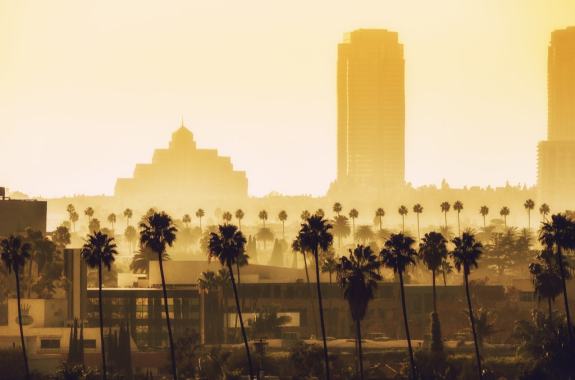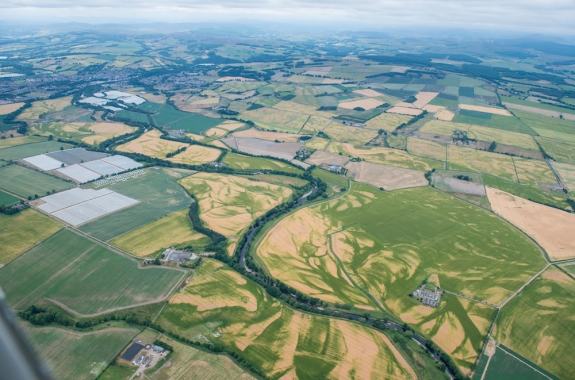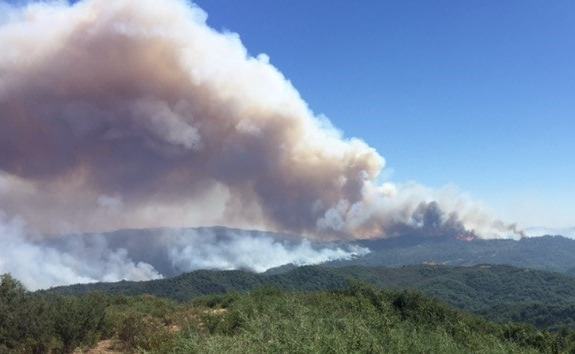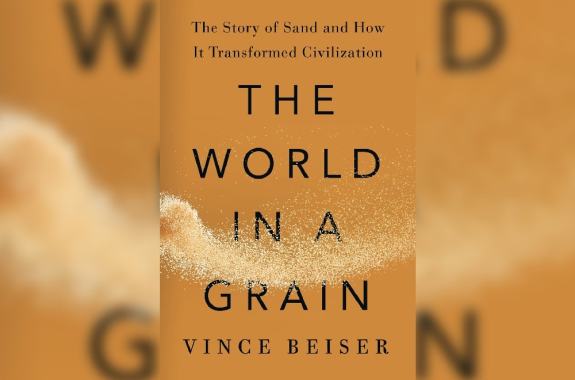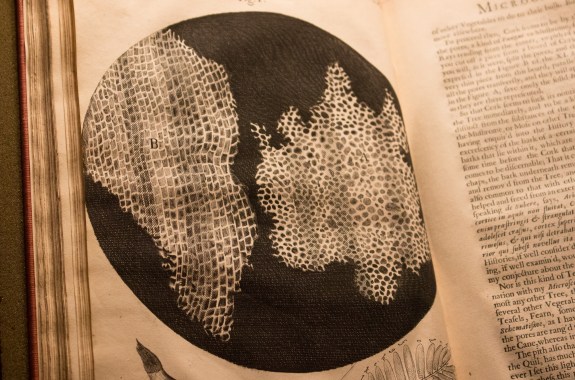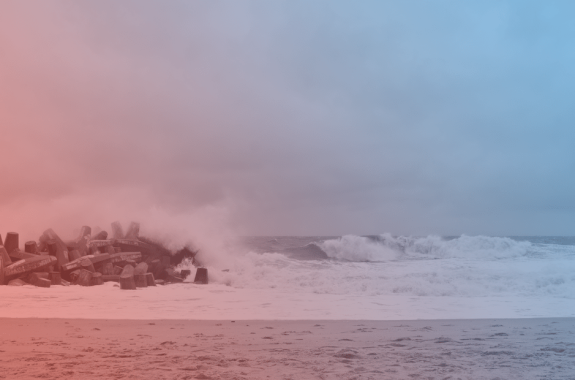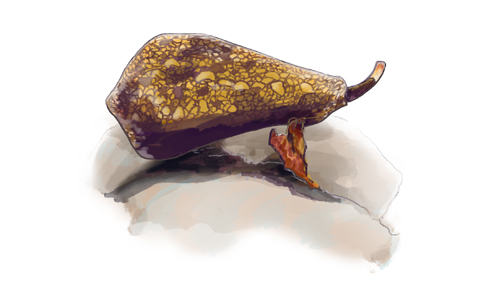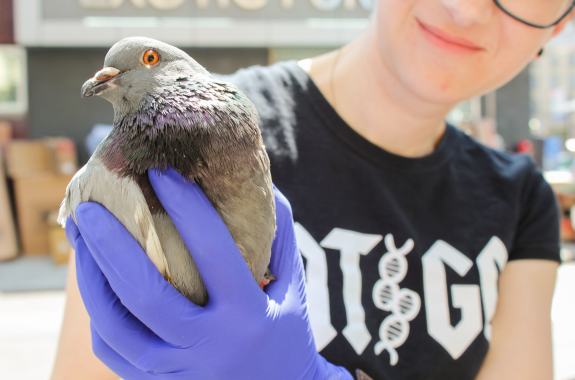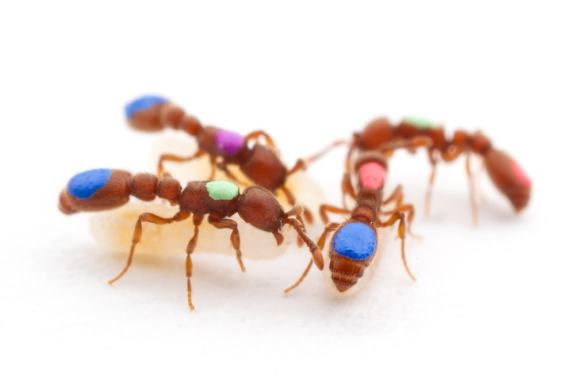7:23
The Good—And Bad—Of A Geoengineered Climate
Could humans geoengineer their way out of the climate crisis? Plus California wildfire weather, gooey corn, and other science headlines in this week’s News Round-up.
4:26
Revealing The Ruins Below
The U.K.’s lawn-killing summer has an archaeological upside.
22:29
One Force Driving Deadlier Wildfires? People
A population boom in forests and other wild areas is leading to deadlier, more destructive blazes. How do we cope with worsening wildfires?
The Man Who Builds Beaches
In this excerpt from “The World in a Grain,” beach sand is gold. Illegal sand mining and rising seas are shrinking beaches, but this man is working to replenish them.
3:55
After New Jersey Floods, Rebuild Or Retreat?
Instead of rebuilding after repeated flooding, New Jersey is offering some homeowners a buyout.
11:50
Not Even The Smallest Are Spared Extinction
Bacteria have been on Earth longer than any of us. And new research suggests that even they suffer from extinction.
How Do ‘Killer Snails’ Kill Their Victims?
Model the hunting adaptations and a rich peptide venom cocktail of predatory cone snails in this exploration of the organism’s structure and function.
11:39
The Genetics Of Becoming An Ant Queen
Scientists found that an insulin-like gene plays a role in determining what ant becomes a queen in a colony.
